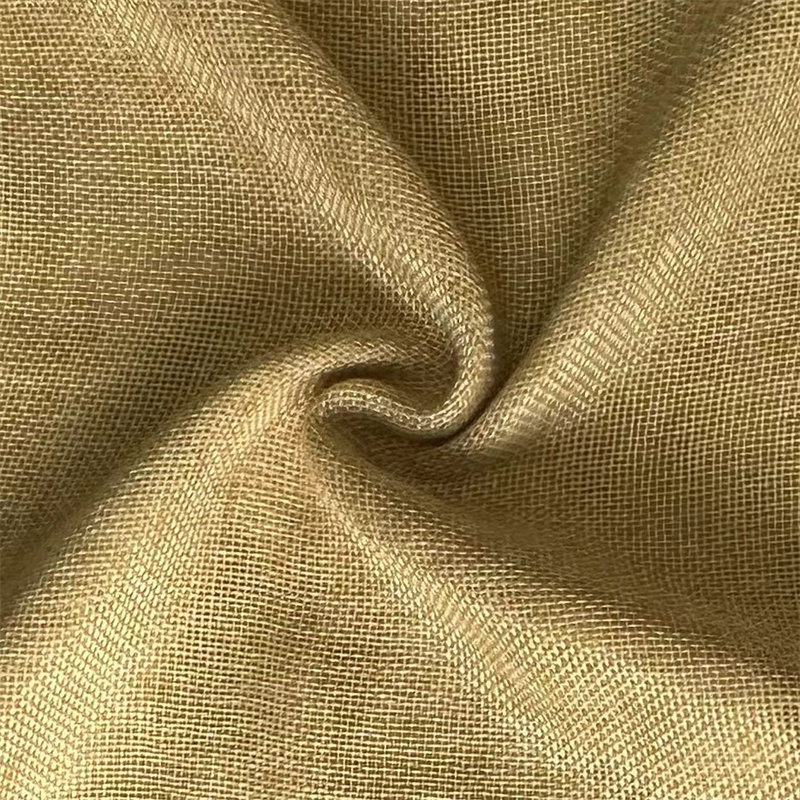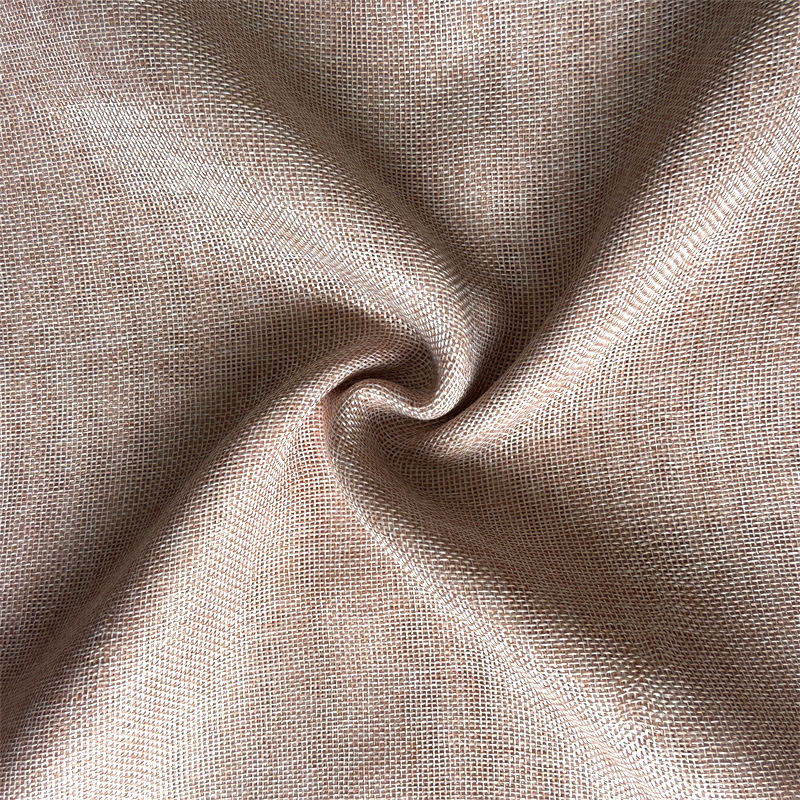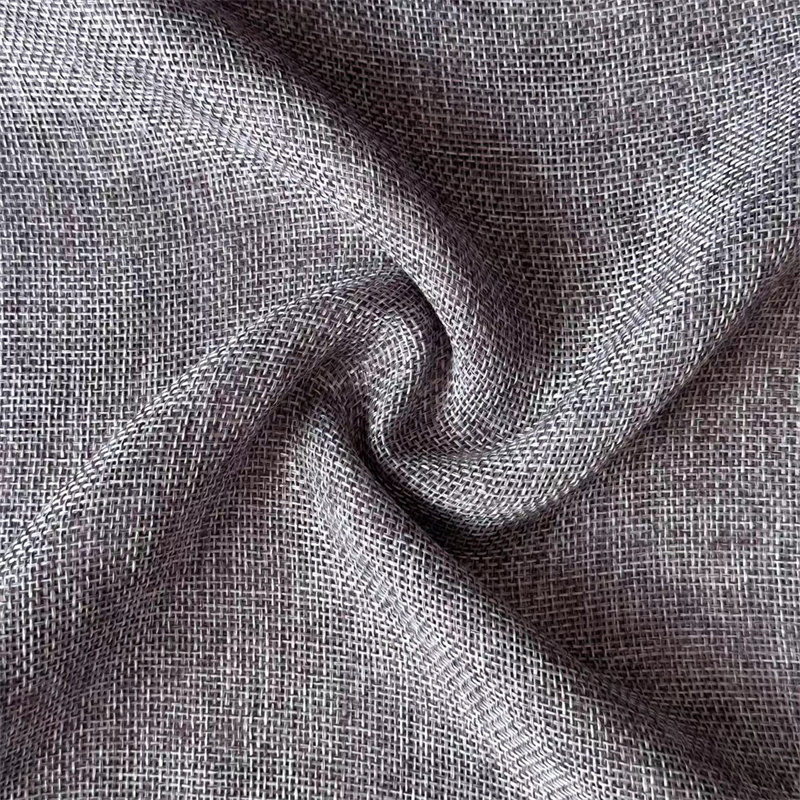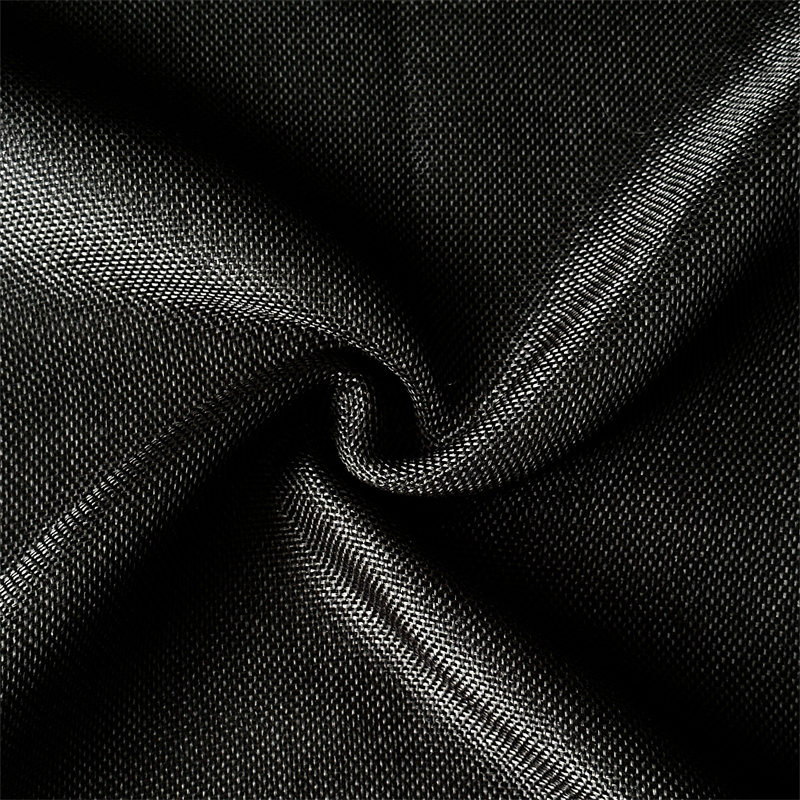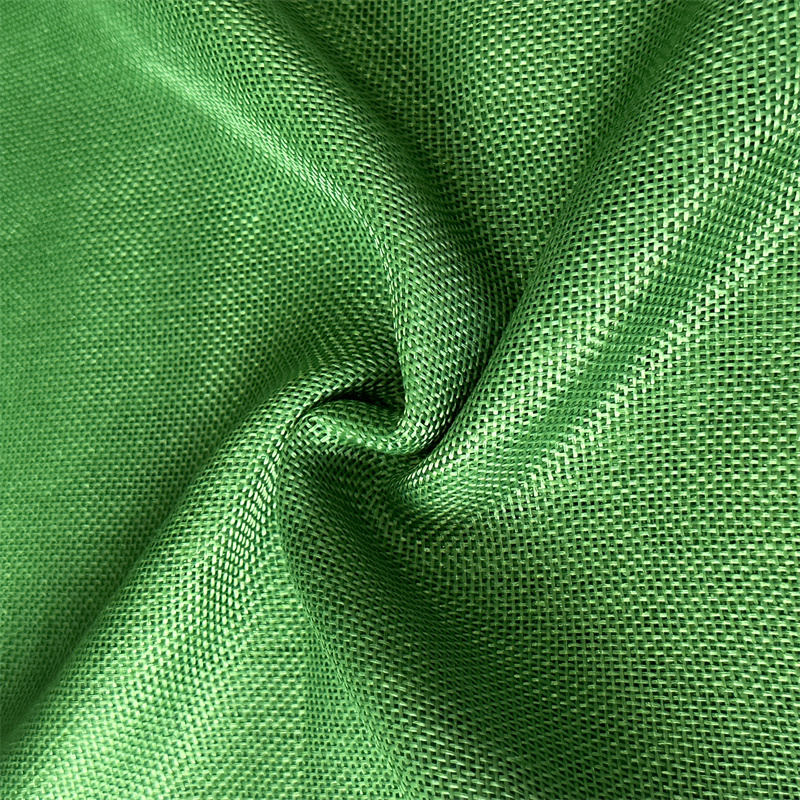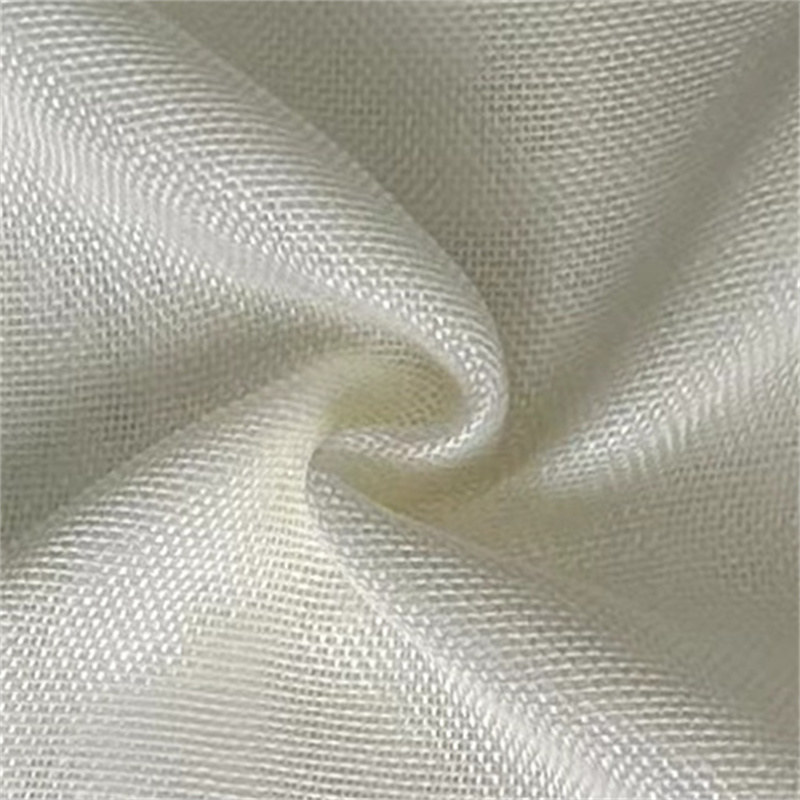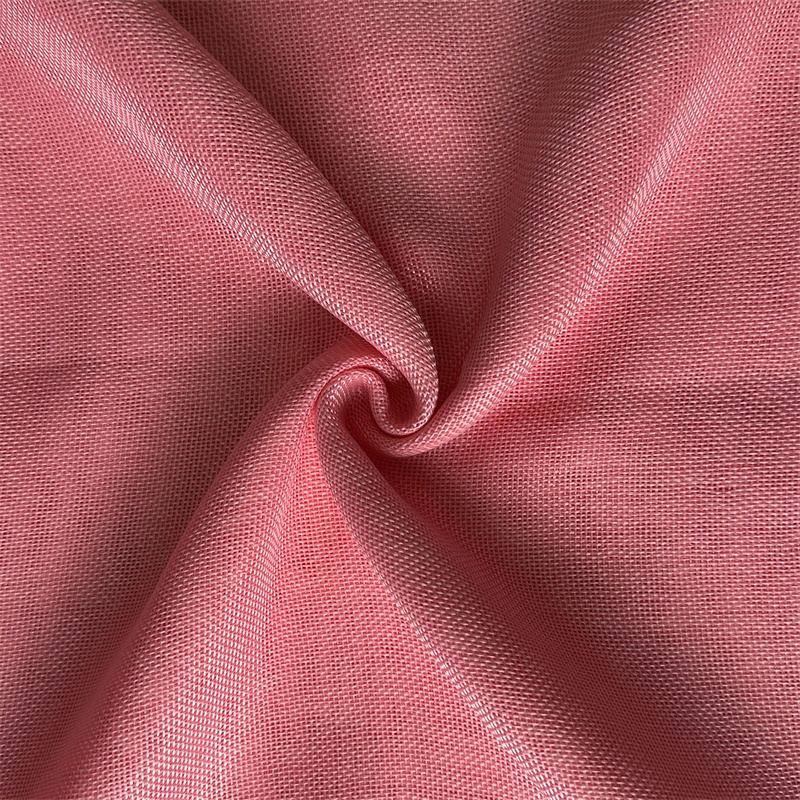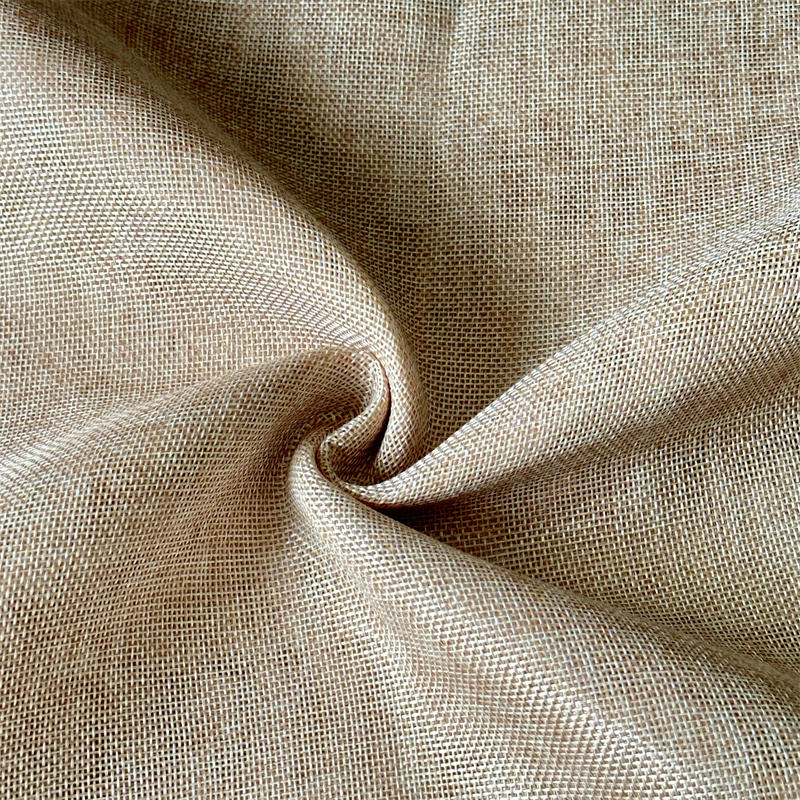Introduction to Satin Fabric and Its Properties
Satin fabric is renowned for its smooth, lustrous surface and elegant drape, widely used in apparel, eveningwear, bridal gowns, and home décor. Despite its glamorous appearance, many consumers and sewers wonder about its durability. Is satin strong enough for everyday use, or is it prone to tearing and abrasion? Understanding satin's construction, fiber content, and weave type is crucial for assessing its practical durability and ensuring longevity in garments or decorative applications.
Weave Structures and Their Impact on Durability
Satin is not a fiber but a weave, typically characterized by a four or more-harness satin weave that produces long floats of warp yarn on the fabric surface. The floats give satin its signature sheen but can also make the fabric more prone to snagging. The number of harnesses and float lengths directly influence strength and resistance to tearing. Shorter floats create a tighter weave with improved durability, while long floats produce superior luster at the cost of increased fragility.
Types of Satin Weaves
Different satin weaves offer varying performance characteristics. 4-harness satin has relatively balanced strength and sheen, making it suitable for general clothing. 5-harness and 8-harness satins enhance smoothness and luster but are more delicate. Understanding the weave helps designers and crafters choose the right satin for specific applications, balancing visual appeal with functional durability.
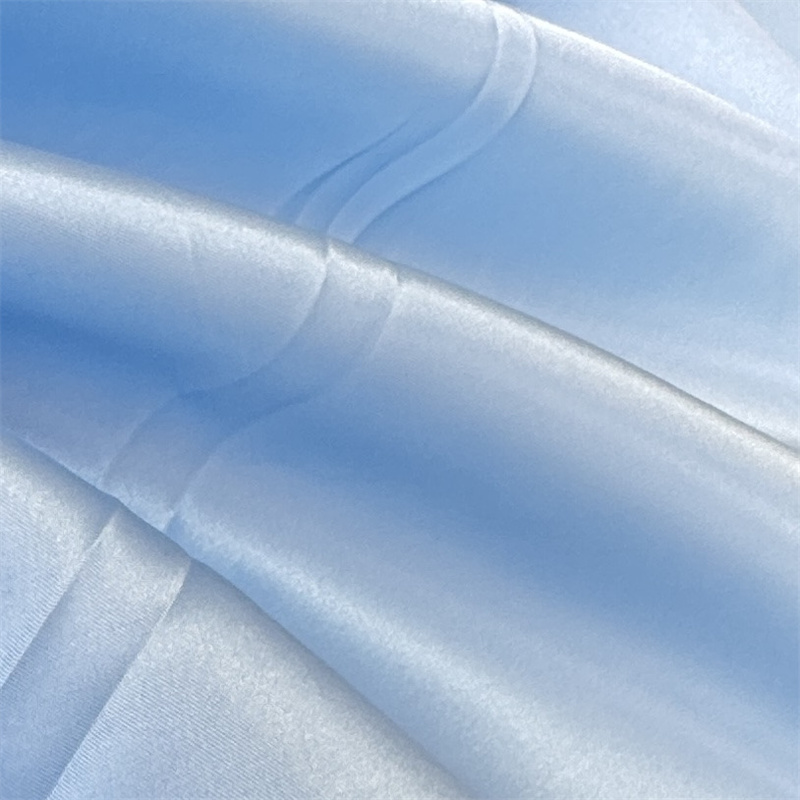
Fiber Content and Its Role in Strength
Satin fabric can be made from silk, polyester, nylon, acetate, or blends. The fiber type dramatically affects its strength, stretch, and resistance to tearing. Silk satin offers natural luster but is less durable and prone to snagging. Polyester satin provides excellent tensile strength, resistance to abrasion, and improved longevity. Nylon satin combines stretch with strength, ideal for eveningwear or dance costumes. Selecting the appropriate fiber based on the intended use is essential for minimizing tearing risks.
Comparison of Common Satin Fibers
| Fiber | Durability | Characteristics |
| Silk | Moderate | Luxurious sheen, soft, prone to snagging |
| Polyester | High | Strong, wrinkle-resistant, easy care |
| Nylon | High | Stretchy, smooth, abrasion-resistant |
| Acetate | Low to Moderate | Shiny, soft, less durable under stress |
Factors That Make Satin Prone to Tearing
While satin can be durable, several factors increase its susceptibility to tearing. The smooth surface can catch on jewelry, zippers, or rough surfaces. Long floats in the weave, fine filaments, or lightweight fabrics reduce resistance to pull and abrasion. Additionally, improper care such as high-temperature washing or harsh detergents can weaken fibers, further increasing the risk of damage.
Common Causes of Damage
- Snagging on jewelry or rough surfaces
- Excessive tension during sewing or hemming
- Improper laundering, including hot water and bleach
- Exposure to sharp or abrasive objects in everyday wear
Best Practices for Maximizing Satin Durability
To enhance satin fabric longevity and reduce tearing, proper handling, care, and sewing techniques are critical. Selecting polyester or nylon satin for high-traffic garments improves strength. Gentle laundering, careful ironing, and protective storage help maintain fabric integrity. Using suitable sewing needles, avoiding excessive tension, and reinforcing seams increase resistance to pull and snags.
Care Tips for Satin Fabric
- Hand wash or machine wash on delicate cycle with mild detergent
- Avoid wringing; gently squeeze excess water
- Use low heat or steam for ironing; always iron on reverse side
- Store folded or hung in a cool, dry place away from sharp objects
- Consider sewing reinforced seams for garments under stress
Practical Applications and Durability Considerations
Satin is best used in projects where its luster and drape are prioritized over extreme wear. Evening gowns, lingerie, blouses, scarves, and decorative home items benefit from satin’s luxurious appearance. For everyday clothing like pants or activewear, polyester blends with satin-like finishes may offer a compromise between aesthetics and durability.
Selecting Satin Based on Usage
- Lightweight silk satin for formal garments with low abrasion exposure
- Polyester satin for versatile garments requiring higher durability
- Nylon satin for stretch garments or dancewear needing both flexibility and strength
- Acetate satin for decorative projects or short-term use
Conclusion: Balancing Beauty and Durability in Satin
Satin fabric’s iconic sheen and smooth surface make it visually appealing but can also make it vulnerable to tearing under certain conditions. By selecting the appropriate fiber type, weave structure, and following recommended care practices, satin can be both beautiful and relatively durable. Polyester and nylon satins are ideal for practical wear, while silk and acetate satins excel in elegance with moderate care. Understanding these factors allows designers, sewers, and consumers to balance aesthetic appeal with functional durability effectively.


 中文简体
中文简体 Español
Español